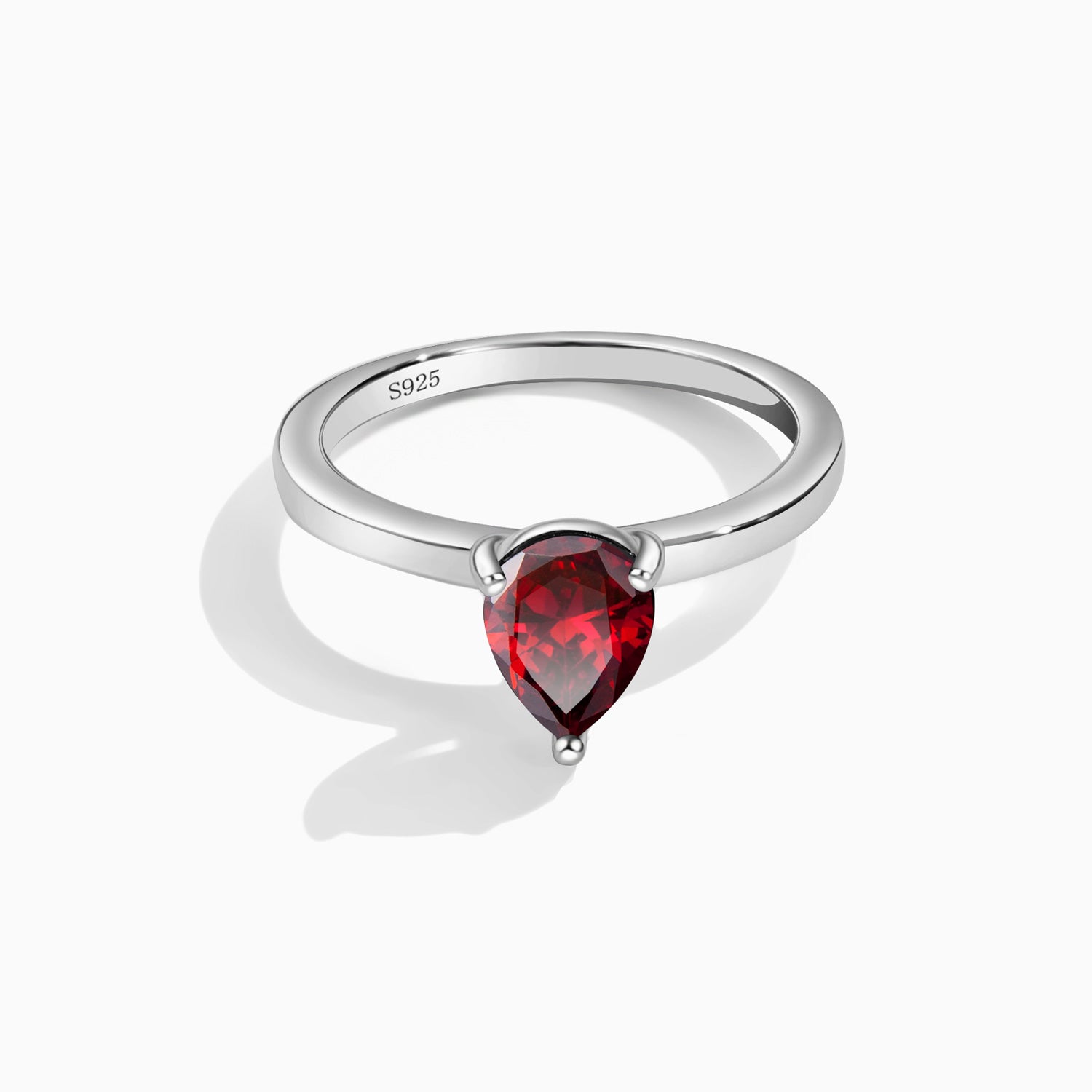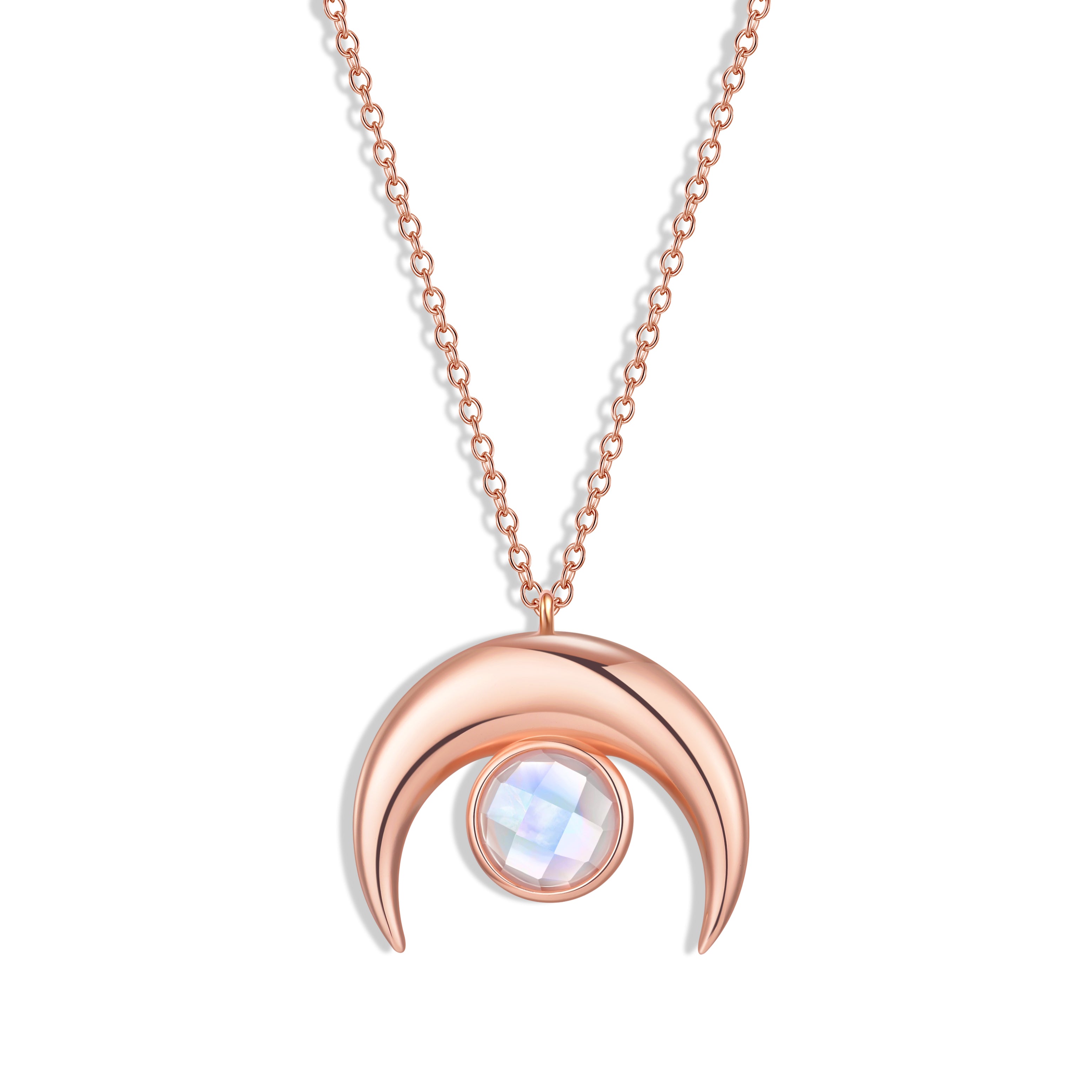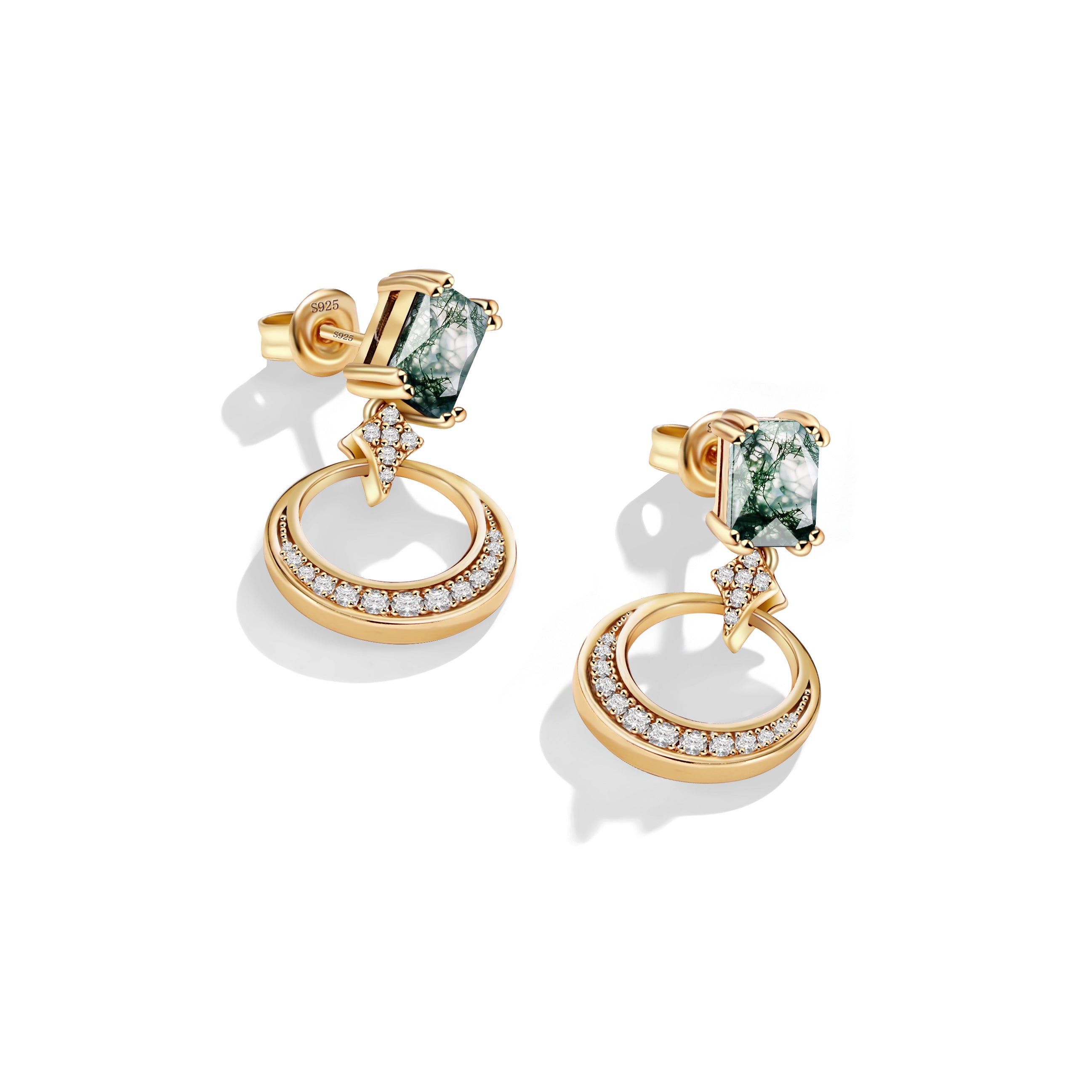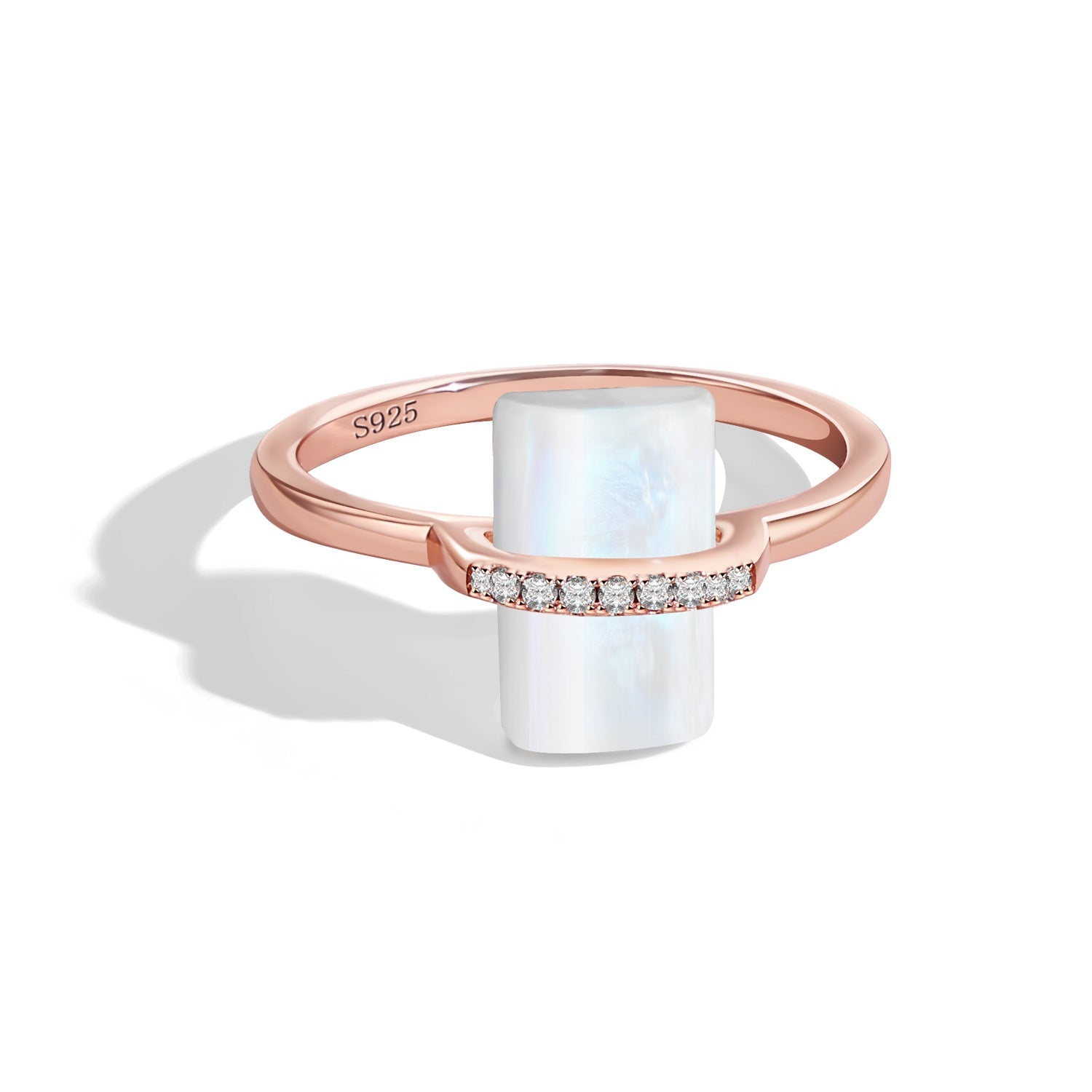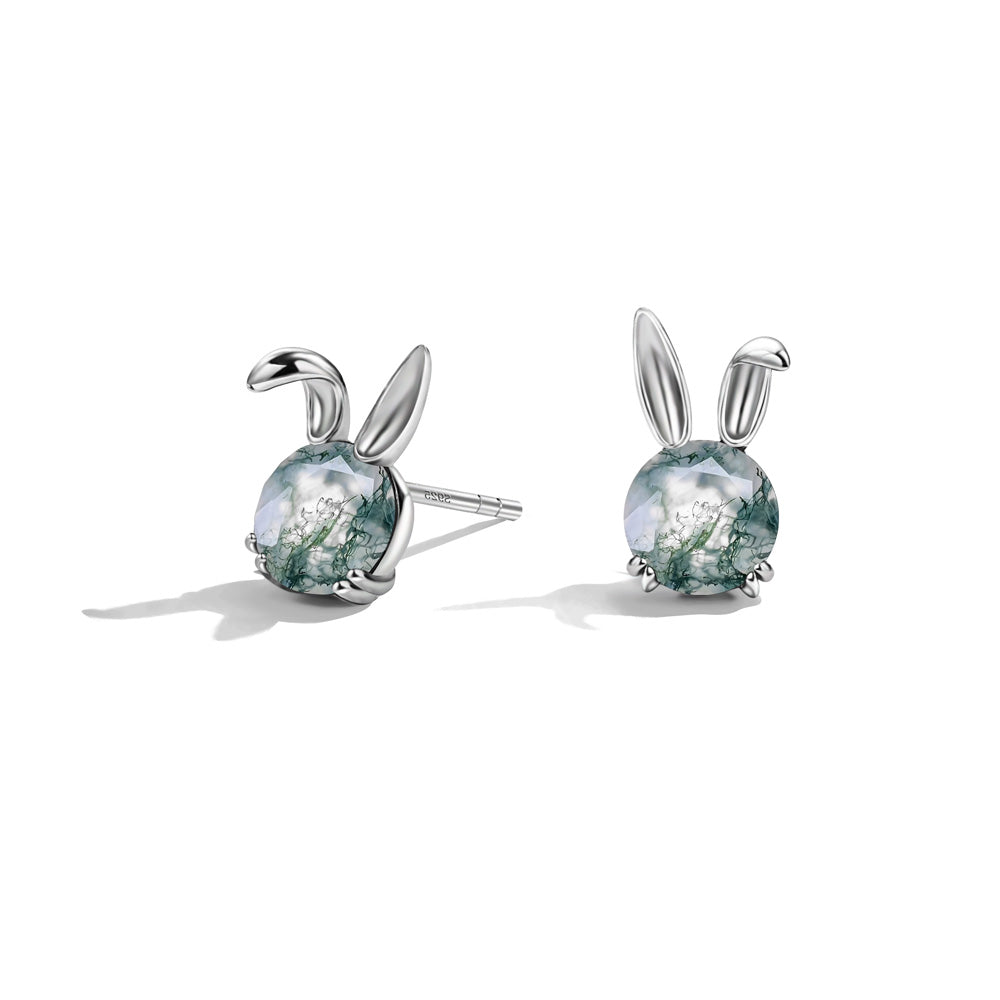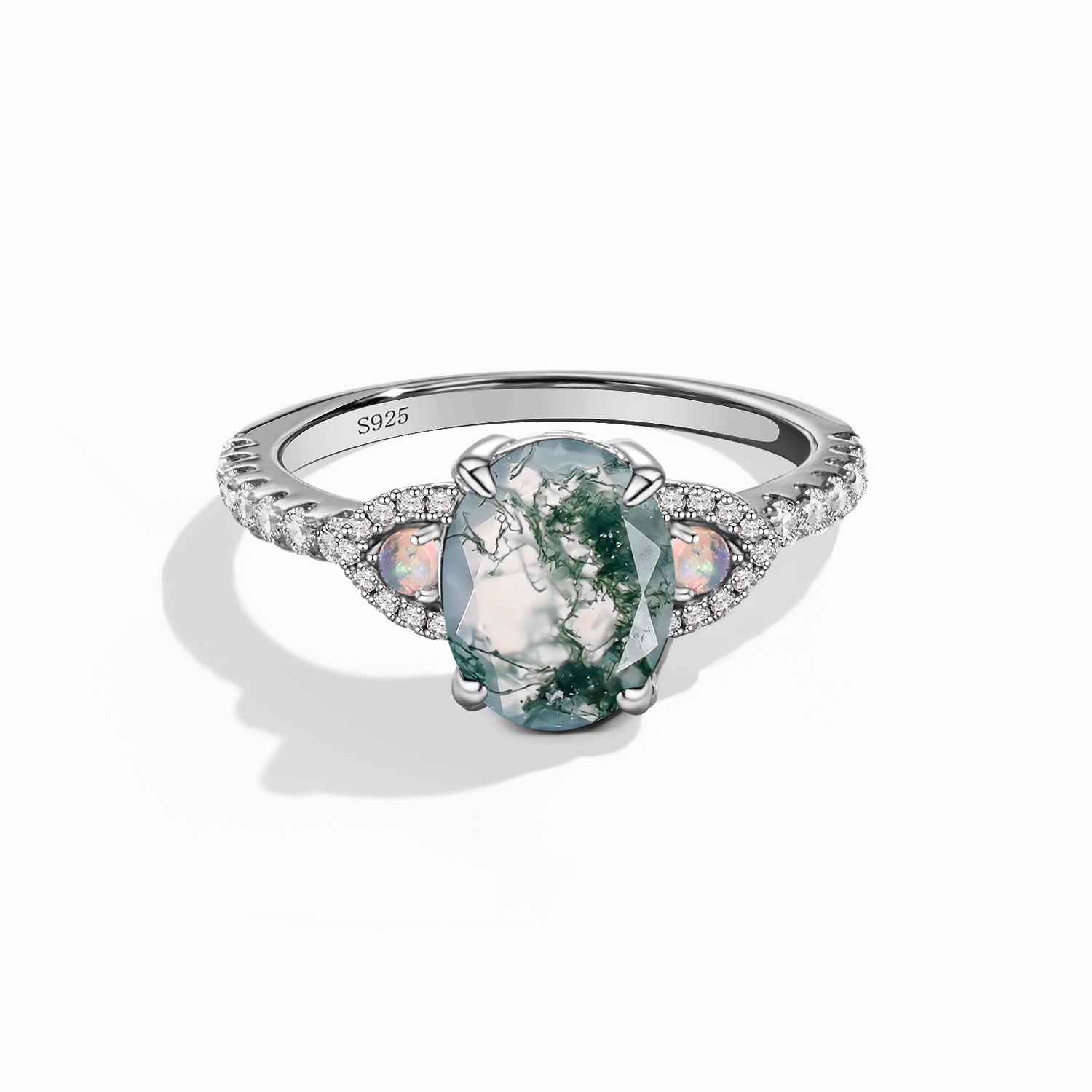With rose quartz naturally occurring all over the world, it has a rich and storied history. Each culture, during various ages, had different purposes for the stone.
As for exactly when humans began mining and using rose quartz, the earliest evidence dates back more than 9,000 years. Rose quartz from approximately 7000 BC was found in Iraq, the northern portion previously known as Mesopotamia. The Assyrians inhabiting the area crafted it into beads, knowing it would make excellent jewelry.
There’s reason to believe rose quartz was beloved by Ancient Egyptians as well, who established their society roughly 5,000 years ago. It may have been instrumental in skincare, as Egyptian women were said to use it for face masks. Today, people still use tools made of rose quartz to perform facial massages and drain the lymph, perhaps not even realizing that they’re engaging in an ancient practice.
Early Romans were known to love their rose quartz as well, etching carvings onto quartz to create personalized seals indicating ownership. It’s a practice they may have picked up from the Assyrians.
All of these old civilizations are also rumored to have used rose quartz for talismans, calling in all types of healing. Even up into the Middle Ages (about 1,500 years ago), rose quartz was considered medicinal, whether added to a tincture or fashioned into an amulet.
We’ll discuss the modern physical, emotional, and metaphysical properties associated with rose quartz in a moment. For now, one of the most interesting pieces of rose quartz history is its role in Greek mythology.
First, there are tales of Eros, the god of love. He brought forth the stone as a gift to attract and expand love, a purpose that endures to this day. To illustrate this even further, the Romans called this same god Cupid, the familiar cherub with a bow and arrow who could make humans fall in love. It’s said that his arrows were tipped with gold and silver, but one can imagine rose quartz made its way into the mythical quiver as well.
Then there are stories that not only expand on the stone’s purpose but how it got its color.
In this tale, Ares, the god of war, is in a relationship with Aphrodite, the goddess of love. Aphrodite was also having an affair with Adonis, the god of fertility, which naturally made Ares quite jealous.
As the god of war, Ares transformed into a wild boar and slayed Adonis. Aphrodite, in a hurry to tend to her wounded lover, accidentally cuts herself. This blood mingles with Adonis’ and drips onto some quartz, dyeing it pink. Zeus, the god of the sky, remedied the situation by allowing Adonis to leave the underworld and visit Aphrodite for half of the year, every year.
Thus, rose quartz came to represent the type of love that transcends death, not the jealousy and violence that threatens it.
In some retellings, the lovers’ blood becomes flowers. But thousands of years later, rose quartz has retained all of the meanings it gets from the myth, making it a version people come back to again and again.




